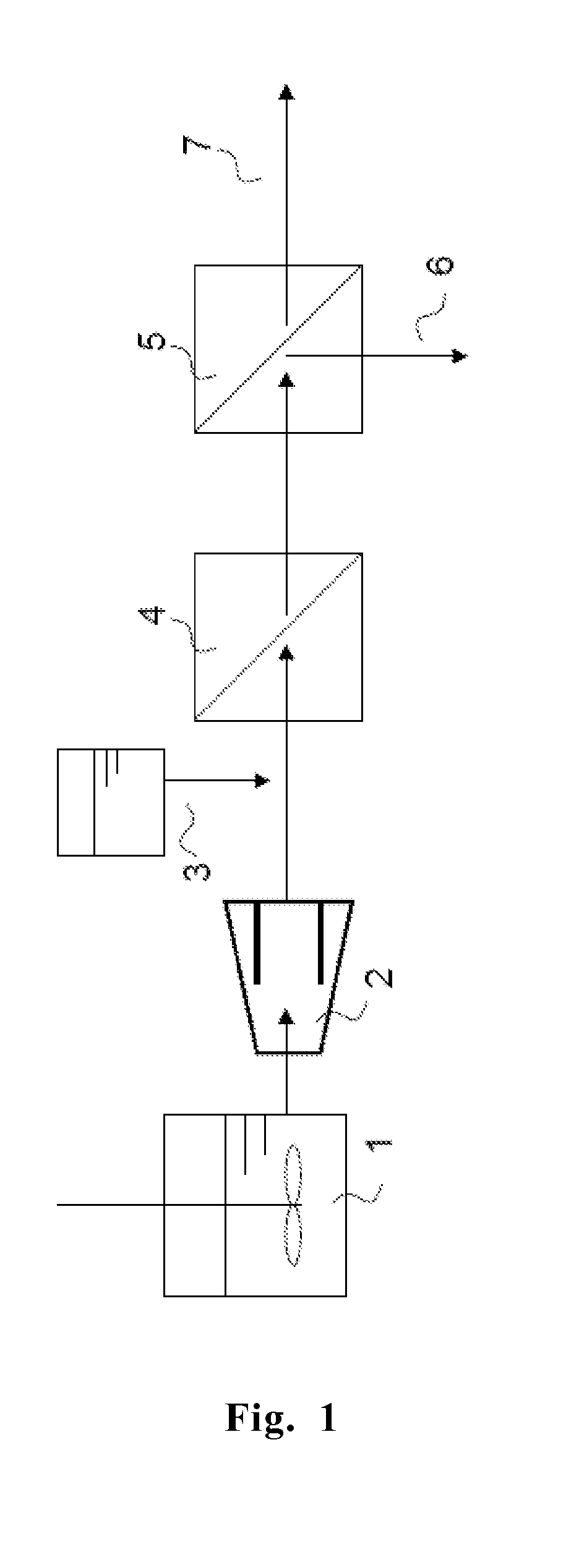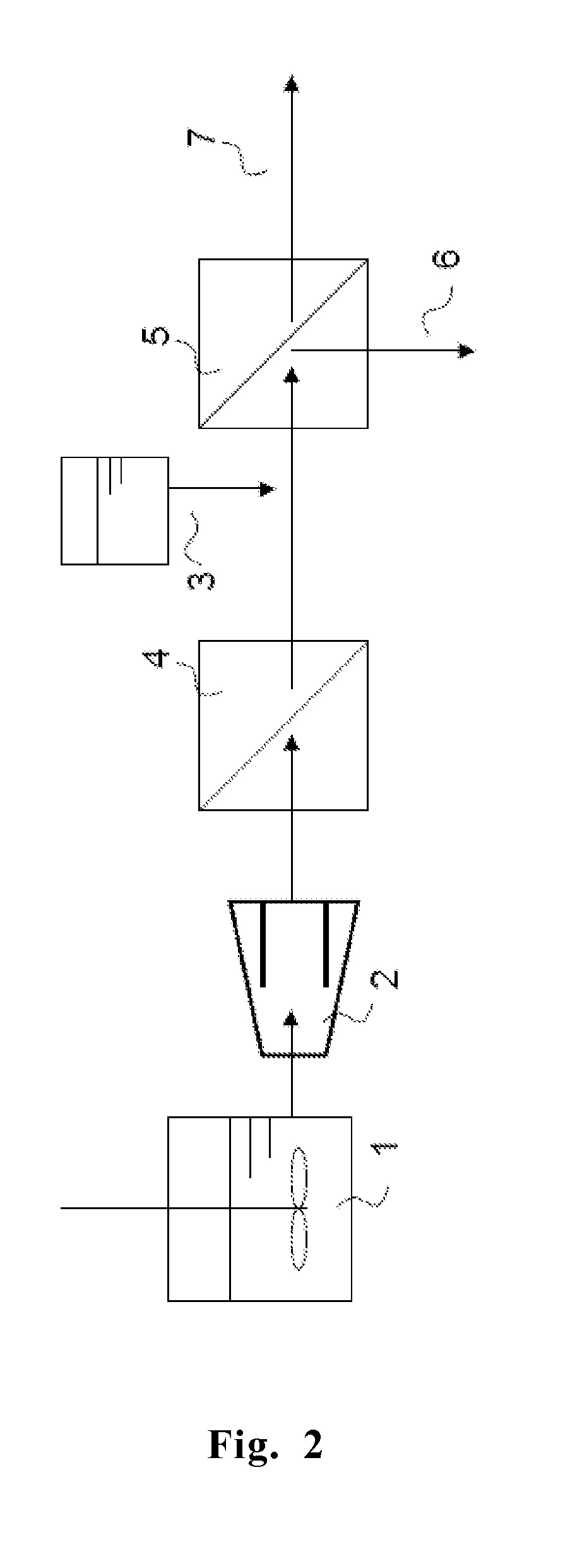Method for manufacturing sugar solution
a technology of sugar solution and sugar liquid, which is applied in the field of method for producing sugar liquid, can solve the problems of reducing the yield of fermentation products, affecting affecting the synthesis of sugar, so as to improve the efficiencies of fermentation production of various chemical products, high purity, and high yield
- Summary
- Abstract
- Description
- Claims
- Application Information
AI Technical Summary
Benefits of technology
Problems solved by technology
Method used
Image
Examples
reference example 1
Method for Measuring Monosaccharide Concentrations
[0103]Concentrations of monosaccharides (glucose concentration and xylose concentration) contained in the sugar liquid obtained in each of the Examples and Comparative Examples were analyzed by HPLC under the following conditions, and quantified based on comparison with standard samples.
Column: Luna NH2 (manufactured by Phenomenex, Inc.)
Mobile phase: Ultrapure water:acetonitrile=25:75 (flow rate, 0.6 mL / min.)
Reaction liquid: None
Detection method: RI (differential refractive index)
Temperature: 30° C.
reference example 2
Method for Measuring Concentrations of Fermentation Inhibitors
[0104]Furan-based fermentation inhibitors (HMF and furfural) and phenol-based fermentation inhibitors (vanillin, acetovanillin, syringic acid, levulinic acid and 4-hydroxybenzoic acid) contained in the sugar liquid were analyzed by HPLC under the following conditions, and quantified based on comparison with standard samples.
Column: Synergi HidroRP 4.6 mm×250 mm (manufactured by Phenomenex, Inc.)
Mobile phase: acetonitrile—0.1 wt % H3PO4 (flow rate, 1.0 mL / min.)
Detection method: UV (283 nm)
Temperature: 40° C.
[0105]Among the fermentation inhibitors contained in the sugar liquid, organic acids (acetic acid and formic acid) were analyzed by HPLC under the following conditions, and quantified based on comparison with standard samples.
Column: Shim-Pack SPR-H and Shim-Pack SCR101H (manufactured by Shimadzu Corporation) that were linearly arranged
Mobile phase: 5 mM p-toluenesulfonic acid (flow rate, 0.8 mL / min.)
Reaction liquid: 5 ...
reference example 3
Step of Hydrolysis of Cellulose-containing Biomass by Dilute Sulfuric Acid / Enzyme Treatment
[0106]The process of hydrolysis of a cellulose-containing biomass in Step (1) is described below by way of an example wherein 0.1 to 15% by weight of dilute sulfuric acid and an enzyme were used to hydrolyze a cellulose-containing biomass. As the cellulose-containing biomass, rice straw that was pulverized into 2-mm pieces was used. The cellulose-containing biomass was soaked in 1% aqueous sulfuric acid solution, and subjected to treatment using an autoclave (manufactured by Nitto Koatsu Co., Ltd.) at 150° C. for 30 minutes. Thereafter, solid-liquid separation was carried out to separate sulfuric acid-treated cellulose from the aqueous sulfuric acid solution. Subsequently, the sulfuric acid-treated cellulose was mixed with the dilute-sulfuric-acid treatment liquid with stirring such that the concentration of the solid matter was 10% by weight, and the pH was adjusted to about 5 with sodium hyd...
PUM
| Property | Measurement | Unit |
|---|---|---|
| temperature | aaaaa | aaaaa |
| temperature | aaaaa | aaaaa |
| temperature | aaaaa | aaaaa |
Abstract
Description
Claims
Application Information
 Login to View More
Login to View More - R&D
- Intellectual Property
- Life Sciences
- Materials
- Tech Scout
- Unparalleled Data Quality
- Higher Quality Content
- 60% Fewer Hallucinations
Browse by: Latest US Patents, China's latest patents, Technical Efficacy Thesaurus, Application Domain, Technology Topic, Popular Technical Reports.
© 2025 PatSnap. All rights reserved.Legal|Privacy policy|Modern Slavery Act Transparency Statement|Sitemap|About US| Contact US: help@patsnap.com



